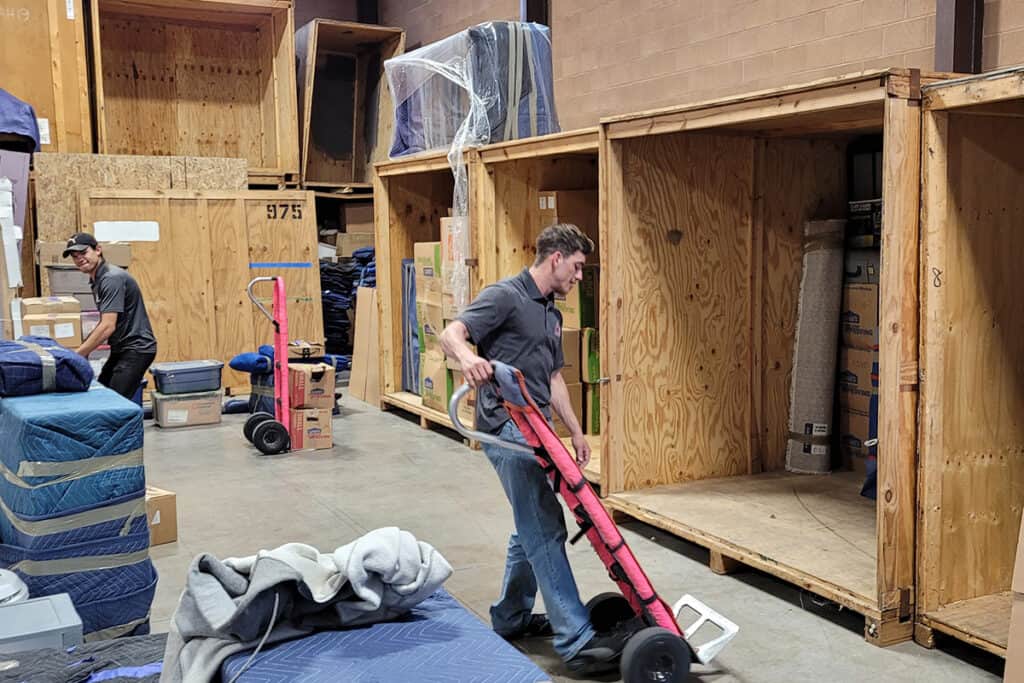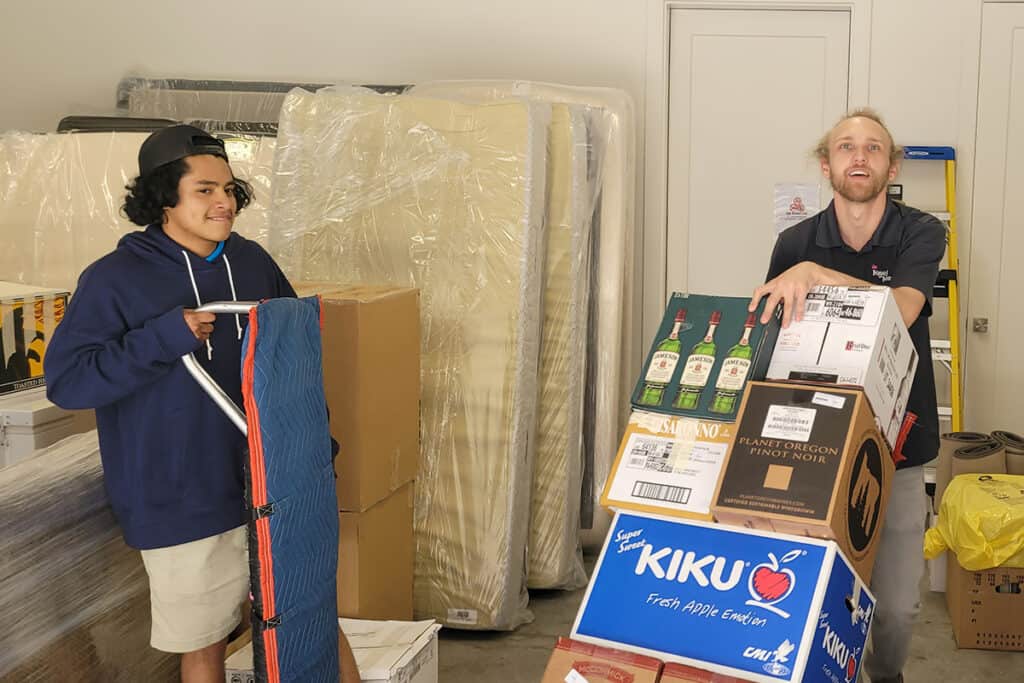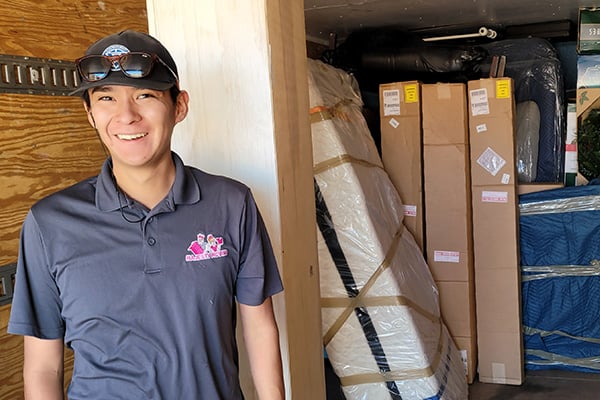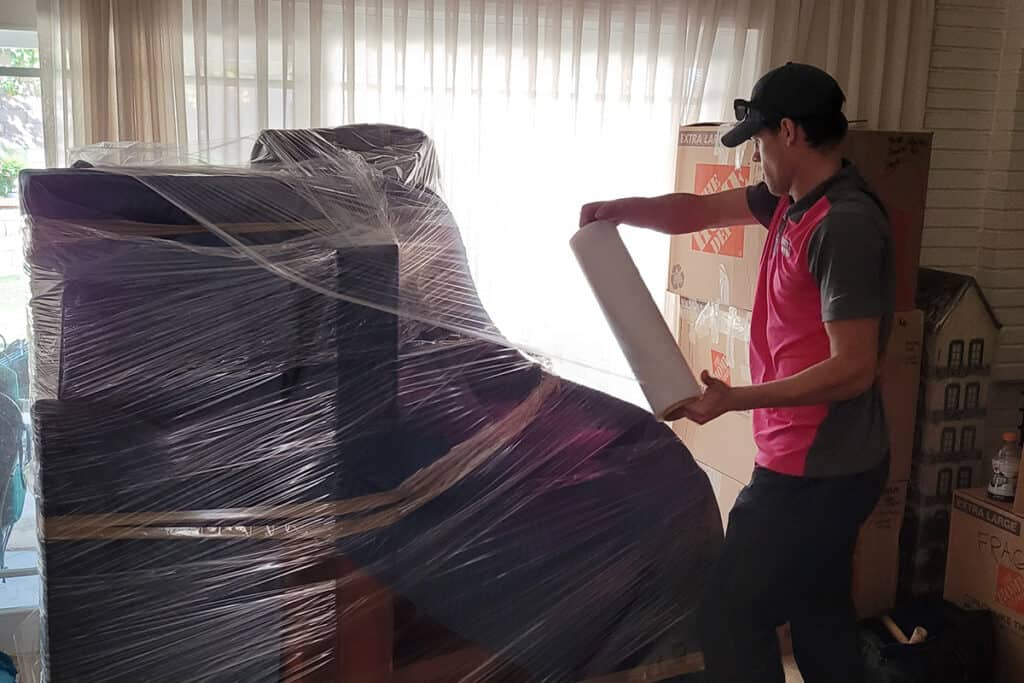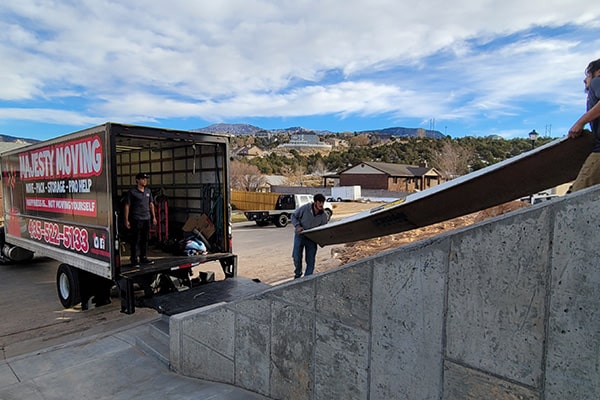- Home
- Mastering the Art of Packing: Essential Tips and Techniques for a Stress-Free Move
Introduction
When it comes to moving, packing is often the most time-consuming and challenging part of the process.
However, with the right techniques and tips, you can pack like a pro, save time, and ensure your belongings arrive at your new home in perfect condition.
In this comprehensive guide, we’ll walk you through everything you need to know about packing efficiently and effectively, from selecting the right supplies to mastering advanced packing hacks.
Packing Supplies: Choosing the Right Materials
Using high-quality packing supplies is essential for protecting your belongings during a move. Here’s a list of the materials you’ll need:
Boxes
- Invest in sturdy, corrugated cardboard boxes of various sizes.
- Consider specialty boxes for fragile items, such as dish packs, wardrobe boxes, and picture/mirror boxes.
Packing Tape
- Use heavy-duty packing tape to securely seal your boxes.
- Avoid masking tape or duct tape, as they may not hold up during the move.
Protective Materials
- Use bubble wrap, packing paper, and foam sheets to protect delicate items.
- Repurpose towels, blankets, and clothing as additional cushioning.
Labeling Supplies
- Use permanent markers to label your boxes with their contents and destination room.
- Colored labels or stickers can help further organize your packing process.
3. Strategic Packing: Organizing Your Belongings
Effective organization is key to efficient packing. Follow these steps for a streamlined packing experience:
Declutter
- Sort through your belongings and identify items to sell, donate, or discard.
- Reducing clutter will save time, space, and money during your move.
Create an Inventory
- Make a detailed list of your possessions, including their quantity, size, and estimated value.
- This inventory will be useful for both packing and insurance purposes.
Pack by Room and Category
- Focus on one room at a time to maintain organization.
- Group similar items together, such as kitchenware, clothing, and electronics.
Label Boxes Clearly
- Clearly label each box with its contents and the room it belongs to.
- Include any special handling instructions, such as “fragile” or “this side up.”
4. Protecting Your Valuables: Special Care for Fragile Items
Fragile and valuable items require extra care during the packing process. Follow these tips to ensure their safe arrival:
4.1. Use Specialty Boxes and Packing Materials
- Utilize dish packs, glassware dividers, and foam inserts to protect delicate items.
- Pack artwork and mirrors in custom-sized picture boxes with corner protectors.
4.2. Wrap Items Individually
- Wrap each fragile item
- Wrap each fragile item individually in bubble wrap or packing paper to prevent damage.
- Avoid using newspaper, as the ink can transfer onto your belongings.
4.3. Fill Empty Spaces
- Fill gaps in boxes with crumpled packing paper or other cushioning materials to prevent items from shifting during transport.
- Ensure boxes are packed tightly, but avoid overpacking, as it can cause boxes to bulge or break.
4.4. Keep Valuables Secure
- Store important documents, jewelry, and other small valuables in a lockable box or safe.
- Keep this box with you during the move for added security.
5. Packing Hacks: Efficient Techniques for Space-Saving
Maximize space and make packing more efficient with these advanced packing hacks:
5.1. Roll Clothing
- Roll your clothes instead of folding them to save space and reduce wrinkles.
- Use vacuum-sealed bags for added compression.
5.2. Use Containers You Already Own
- Pack items in suitcases, laundry baskets, and storage bins to save on boxes and space.
- Be sure to label these containers clearly to ensure proper unpacking.
5.3. Nest Items
- Nest smaller items inside larger ones to make the most of your available space.
- For example, stack pots and pans, and store smaller kitchenware items inside larger appliances.
5.4. Use Towels and Linens Strategically
- Wrap fragile items in towels, blankets, or linens for added protection and to save on packing materials.
- Fill empty spaces in boxes with linens to prevent items from shifting.
6. The Final Countdown: Preparing for Moving Day
As moving day approaches, follow these steps to ensure a smooth transition:
6.1. Pack an Essentials Box
- Create a box with necessities for your first night in your new home, such as toiletries, clothes, and important documents.
- Keep this box easily accessible during the move.
6.2. Disassemble Furniture
- Disassemble large furniture items, such as beds and tables, to save space and make transport easier.
- Keep all hardware in labeled plastic bags, and attach them to the corresponding furniture.
6.3. Confirm Details with Your Moving Company
- Review the moving schedule, services, and fees with your moving company.
- Ensure they have your correct contact information and destination address.
7. Conclusion
Mastering the art of packing is crucial for a stress-free moving experience. By following the tips and techniques outlined in this guide, you’ll be well on your way to efficient, organized packing that will ensure your belongings arrive at your new home in perfect condition. Happy moving!
Found this helpful?
If you found this article valuable, help us spread it to a wider audience. Click any of the buttons below to share this tip to your social media accounts.
Table of Contents
Related Articles



Be Part of Our Mission
Our mission is simple: to create a platform where our community can exchange gently used moving boxes and packing materials. This way, we can help each other save money, reduce waste, and keep these materials out of our landfills.
We’d love to have you on our journey. Visit and join St. George Box Exchange – Reuse & Recycle FB group today!



